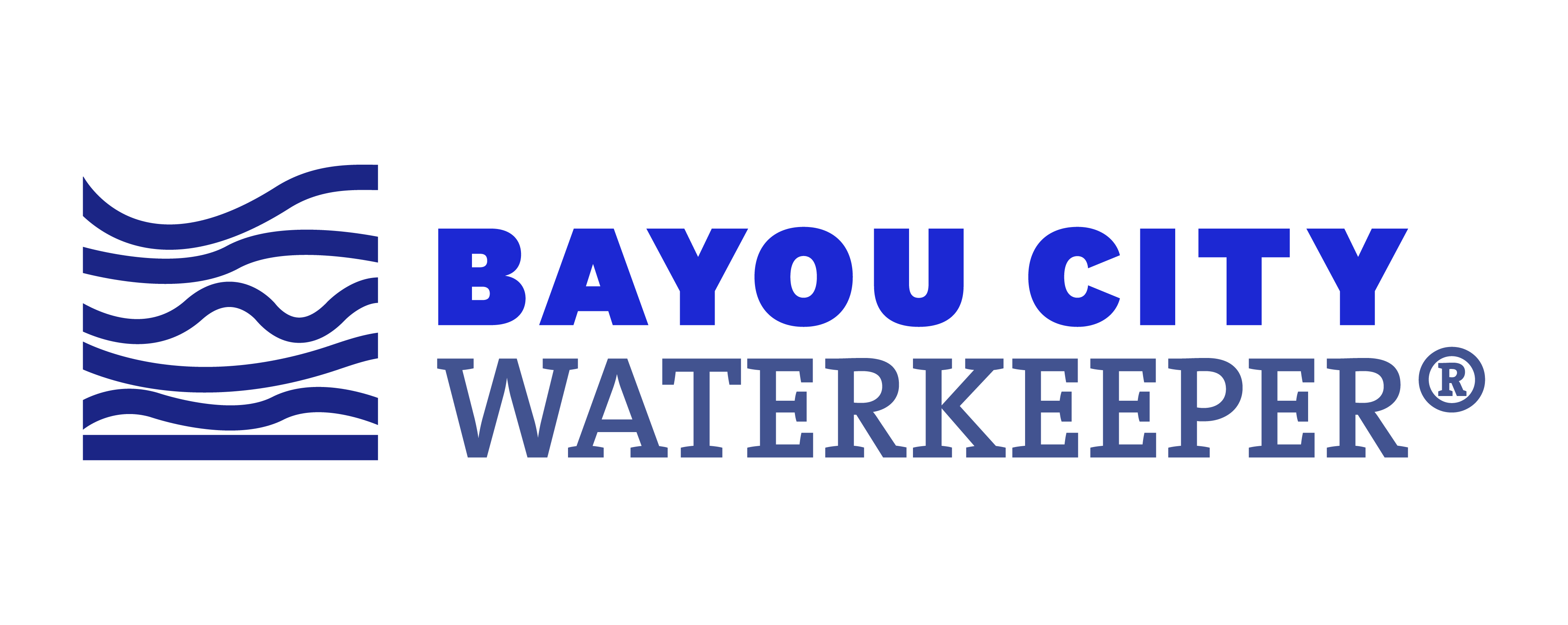Our Watershed
Lower Galveston Bay Watershed
Bayou City Waterkeeper works to protect and restore our wetlands, floodplains and riparian habitats that flow into our waterways and surrounding bays. The adjacent map shows the Lower Galveston Bay Watershed that we strive to make fishable, swimmable, and drinkable for all.
The 10 counties in Lower Galveston Bay Watershed are: Austin, Brazoria, Chambers, Fort Bend, Galveston, Harris, Liberty, Montgomery and Waller, and Jefferson County.
What's a watershed
Easy — if you’re outside, just look down. You’re standing in a watershed. A watershed is the area of land where water falls and drains into a common outlet. Watersheds can be small in footprint or large enough to encompass an entire landscape – like the water that drains into the rivers, bayous, and creeks which flow into Galveston Bay to the Gulf of Mexico.
As the water flows, it often picks up pollutants, which may have harmful effects on the ecology of the watershed and, ultimately, on the reservoir, bay, or ocean.
Not all water flows directly to the sea, however. When rain falls on dry ground, it can soak into the ground. This groundwater remains in the soil where it will eventually seep into the nearest stream. In other areas, where the soil contains a lot of hard clay, very little water may seep into the ground. Instead, it quickly runs off to lower ground.
During periods of heavy rain, water may run off of impervious surfaces, such as parking lots, roads, buildings, and other structures, because it has nowhere else to go. These surfaces act as “fast lanes” that transport the water directly into storm drains. The excess water volume can quickly overwhelm streams and rivers, causing them to overflow and possibly result in floods.
